-
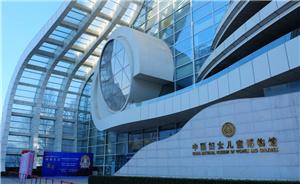
China National Museum of Women and Children (中国妇女儿童博物馆)
Covering an area of 35,000 square meters, the Museum of Chinese Women and Children is located in the north side of East Chang'an Avenue.
No.23, Jianguomennei Street, Dongcheng, Beijing.History -
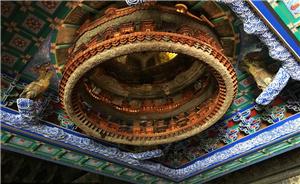
Xiannong Altar (先农坛)
Located to the west of Yongdingmen Street, Xicheng District, Xiannong Altar is the place where emperors of the Ming and Qing dynasties worship the Xiannong God
Yongdingmen Street, Xicheng DistrictHistory -
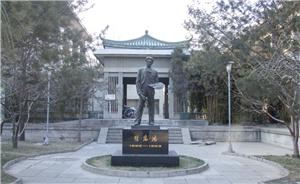
Xu Beihong Memorial Hall (徐悲鸿纪念馆)
Xu Beihong Memorial Hall was previously located on Shoulu Street in Dongcheng District
No. 53 Xinjiekou North Street, Xicheng District, Beijing 北京西城区新街口北大街53号History -
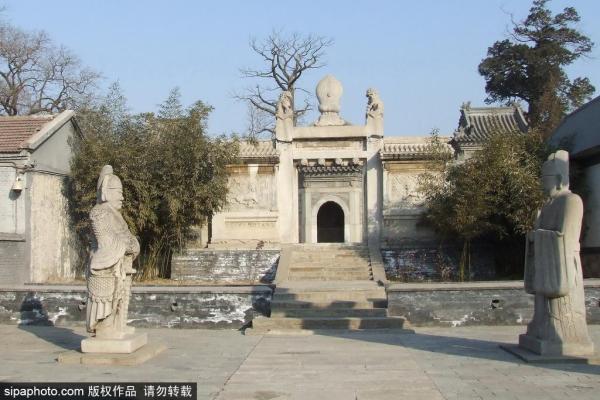
Beijing Eunuch Culture Exhibition Hall(田义墓)
The Eunuch Culture Exhibition Hall, also named Cixiang Nunnery, is located at the foot of Cuiwei Mountain.
No.80 Moshikou Dajie (St), Shijingshan, BeijingHistory -
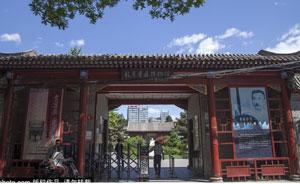
Beijing Lu Xun Museum (北京鲁迅博物馆)
The Former Residence of Lu Xun (1881-1936), a Chinese style home built around a courtyard, is situated near Fuchengmen in the West City District
No. 19, Gongmenkou Second Alley, Fuchengmen Inner Street, Xicheng District, Beijing City 北京市西城区阜成门内宫门口二条19号History -
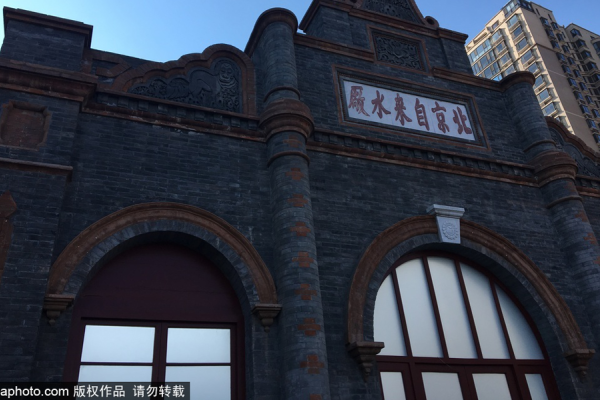
Beijing Tap-water Museum (北京自来水博物馆)
The museum reviews the history of tap water in Beijing since its beginning in 1908.
No. 6A Court, Dongzhimen North Street, Dongcheng DistrictHistory -

Wanshou Temple (万寿寺)
Wanshou Temple is located on Suzhou street in Beijing. In addition to being a Buddhist temple, Wanshou Temple also houses the Beijing Art Museum.
Suzhou Street, Northeast of Zizhuqiao(紫竹桥), Haidian District, BeijingHistory -
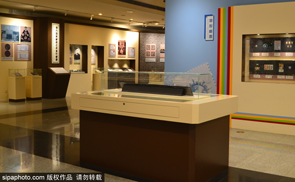
China National Postage Stamp Museum (中国邮政邮票博物馆)
After being integrated with the Chinese Postal Museum, the China Stamp Museum opened to the public on August 22, 2007.
No. 6, West Gongyuan Street inside Jianguomen Gate, Dongcheng District, BeijingHistory -
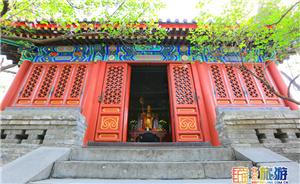
Fayuan Temple (法源寺)
Initially built in 645 in the Tang dynasty by Li Shimin (Emperor Taizong) and later rebuilt in the Zhengtong era (1436–1449) of the Ming dynasty...
Fayuansi Back Street, Xicheng District, BeijingHistory -
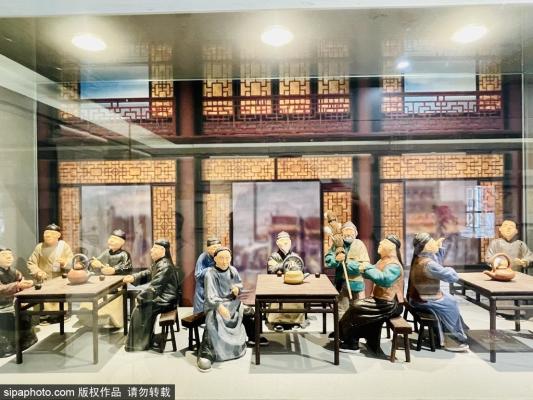
Lao She Memorial(老舍纪念馆)
In the beginning of 1950, after returning from America, Lao She bought it and lived here for 16 years.
Address: No. 19, Fengfu Hutong, Dengshikou West Street, Dongcheng District, BeijingHistory